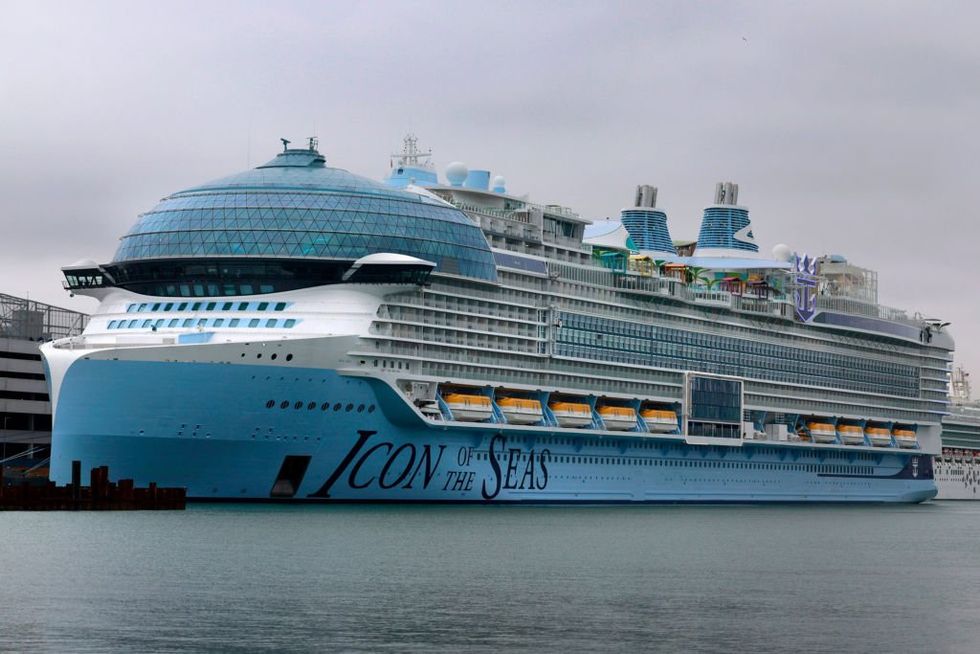
www.thecountrycook.net
Creamy Taco Dip
You only need a few ingredients to make this Taco Dip that is so creamy! It’s also a quick appetizer to make since it doesn’t need to be heated!
A 5 MINUTE CHIP DIP
Hosting a party, bbq, get together, or just need a fun and delicious cold chip dip? Try this easy Creamy Taco Dip to fill any of your dip needs. In the summertime, you don’t always want a warm dip. This gives you all those taco flavors but without being hot! This chip dip comes together in just 5 minutes and is perfect for entertaining or just when you want a delicious snack. I love the flavors and how simple this dip is to make and even easier to customize to your tastebuds!
FREQUENTLY ASKED QUESTIONS:
Can I make this into a warm dip instead? You bet! I think this can easily be a warm dip. Add everything to a skillet, sauce pan or even a little crock pot (like I do in my Crock Pot Queso Dip), over medium heat and stir until combined and warmed up. It just needs to be heated up slowly because you don’t want the sour cream to curdle. I think if this is done as a warm dip, it would be SO good with some cooked and crumbled ground beef added! What if I don’t want a spicy taco dip? Not a problem! If you want a more tame Creamy Taco Dip, try using a mild taco seasoning packet or make your own more mild seasoning and go for a mild can of Rotel or salsa instead. Can I make this spicier? Always! If you want that extra pop of spice or heat, make your taco seasoning spicier, add some cayenne pepper, toss in some of your favorite hot sauce, or even try adding in some chipotle powder to the creamy dip. Swap the cheddar out for pepper Jack cheese or add some diced hot peppers to the dip. Can I swap out the cheddar cheese? Yes. If you want something a bit different try any of these ideas: pepper jack, white cheddar, monterey jack, colby jack or even gouda! How to store leftover Taco Dip? Any leftover dip should be stored in an airtight container or in a bowl wrapped tightly with plastic wrap and can be refrigerated for up to 3 days. It is not recommended to freeze this taco dip.
INGREDIENTS NEEDED: (SEE RECIPE CARD BELOW FOR THE FULL RECIPE)
sour cream – there’s not real substitute for this other than plain Greek yogurt. I suppose you could try mayonnaise.
cream cheese– softened to room temperature. Don’t worry, if you forget to pull it out ahead of time, I can help you with my tips on How to Soften Cream Cheese Quickly.
fire-roasted corn – regular corn can be used as well.
Rotel – If you want, you can certainly use salsa as a substitute which is so good too!
shredded cheddar cheese– if you want more of a kick to this dip, swap the shredded cheddar for some pepper Jack cheese instead.
taco seasoning– you can use store-bought or my homemade Taco Seasoning
salt, pepper and smoked paprika – if you don’t like the smoky flavor, just use plain paprika.
fresh chopped cilantro – I know cilantro is a love/hate food so if you don’t like it, just leave it out.
HOW TO MAKE CREAMY TACO DIP
To a bowl, add the sour cream, cream cheese, corn, Rotel, shredded cheese, taco seasoning, salt, pepper, and paprika. Mix well until combined. I found this easiest to do with an electric hand mixer. If serving immediately, add the cilantro and stir to combine.
If you are making ahead, cover the bowl with plastic wrap and put into the refrigerator until ready to serve. Just before serving, add the cilantro and mix it in well. Serve with tortilla chips, corn chips or rippled potato chips!
CRAVING MORE RECIPES?
Warm Taco Bean Dip
Refried Bean Dip
7 Layer Dip Cups
Queso Dip
Million Dollar Dip
Crock Pot Smoked Queso Dip
Crock Pot Chorizo Queso Dip
Crock Pot White Queso Dip
White Pizza Dip
Pineapple Dip
Taco Pasta Salad
Print
Creamy Taco Dip
You only need a few ingredients to make this Taco Dip that is so creamy! It's also a quick appetizer to make since it doesn't need to be heated!
Course AppetizerCuisine American
Prep Time 5 minutes minutesTotal Time 5 minutes minutes
Servings 12 servings
Calories 214kcal
Author Brandie @ The Country Cook
Ingredients16 ounce container sour cream8 ounce block cream cheese, softened to room temperature14.75 ounce can fire-roasted corn, drained10 ounce can Rotel, drained8 ounces shredded cheddar cheese1 ounce packet taco seasoning¼ teaspoon salt¼ teaspoon black pepper¼ teaspoon smoked paprika2 Tablespoons fresh chopped cilantro (optional)
InstructionsTo a bowl, add 16 ounce container sour cream, 8 ounce block cream cheese, softened to room temperature, 14.75 ounce can fire-roasted corn, drained, 10 ounce can Rotel, drained, 8 ounces shredded cheddar cheese, 1 ounce packet taco seasoning, 1/4 teaspoon salt, 1/4 teaspoon black pepper, and 1/4 teaspoon smoked paprika. Mix well until combined. I found this easiest to do with an electric hand mixer. If serving immediately, add 2 Tablespoons fresh chopped cilantro and stir to combine. If you are making ahead, cover the bowl with plastic wrap and put into the refrigerator until ready to serve. Just before serving, add the cilantro and mix it in well.Serve with tortilla chips, corn chips or rippled potato chips!
Notes
Please refer to my FAQ’s (Frequently Asked Questions) and ingredient list above for other substitutions or for the answers to the most common questions.
NutritionCalories: 214kcal | Carbohydrates: 13g | Protein: 10g | Fat: 15g | Sodium: 510mg | Fiber: 2g | Sugar: 5g














![Knife-Wielding Maniac Shot In The Butt While Trying To Slash NYPD Officer [VIDEOS]](https://www.rvmnews.com/wp-content/uploads/2024/06/2024.06.02-12.37-rvmnews-665c6798d8aa1.jpg)